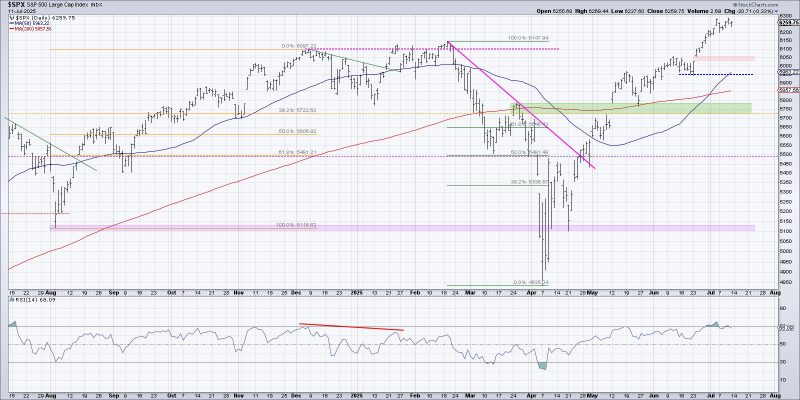
In July 2021, Arizona lawmakers took a small step in the right direction by allowing women to obtain self‐administered hormonal contraception directly from a pharmacist providing a state or county public health official licensed to practice medicine issues a “standing order” that effectively makes them the prescribing clinician. Thus, Arizona joined its neighboring states of Utah, New Mexico, Colorado, Nevada, and California in fashioning workarounds to the Food and Drug Administration barring women from obtaining contraceptives unless they get a permission slip from another autonomous adult (i.e., state‐licensed health care practitioner).
Yesterday, Arizona Governor Katie Hobbs took the state a step further in the right direction by issuing an executive order enabling women to go directly to pharmacists to purchase self‐administered hormonal contraceptives. While the American College of Obstetrics and Gynecology (ACOG) and the American Academy of Family Physicians (AAFP) don’t think it is necessary, the executive order requires that pharmacists perform screening and blood pressure evaluations on women before dispensing contraceptives.
Despite the recommendations of ACOG and AAFP that women of all ages have access to over‐the‐counter contraception, the 2021 Arizona standing order law only pertains to women over 18. The governor’s executive order likewise only applies to women over 18. This means younger women still must see a doctor to get a prescription, likely involving their parents in the process—which is not an effective way to cut down on unwanted teen pregnancies.
Ironically, the FDA has allowed emergency contraceptives, also called “morning after pills,” to be available over the counter for women of all ages since 2014.
Blogging about Arizona’s new standing order law in 2021, I wrote:
I have argued that standing orders can be an effective way to bring interim relief to people blocked from exercising their right to self‐medicate. But the operative word here is “interim.” Standing orders have a lot in common with executive orders. They are issued by an executive branch official—in this case, a public health official who holds a state health care practitioner’s license—and are usually time‐limited. Furthermore, standing orders remain in effect as long as the public health official wants them to, and only if the following public health official is a licensed health care practitioner and decides to renew them. (Even worse, public health officials are not always licensed health care practitioners.) Since most public health officials answer to the chief executive, the security of standing orders is at the mercy of administration policy.
In my commentary, I urged Arizona lawmakers to pass legislation to expand the scope of practice of licensed pharmacists. Several states have used this approach to work around the FDA’s prescription requirement. Such an approach immunizes the reform against changes in the attitudes of public health officials or governors.
Though she should have applied it to women of all ages, Governor Hobbs should be commended for her effort to expand access to hormonal contraceptives. However, unless Arizona lawmakers authorize pharmacists to prescribe contraceptives, the governor’s accomplishment can be erased by her successor.
Of course, the ultimate solution is for the FDA to “free the birth control pill” so that women of all ages can exercise their autonomy to self‐medicate.








